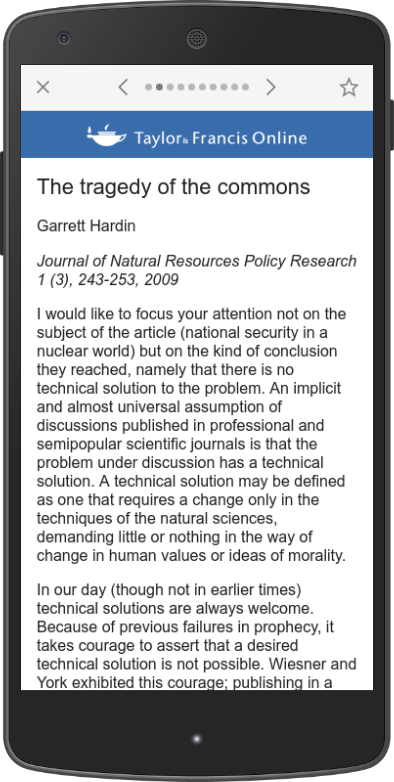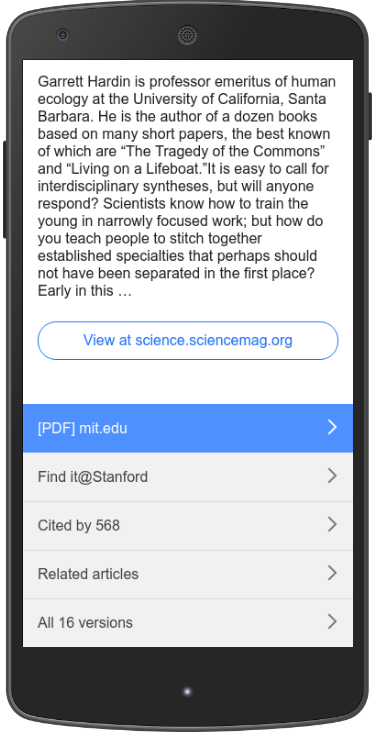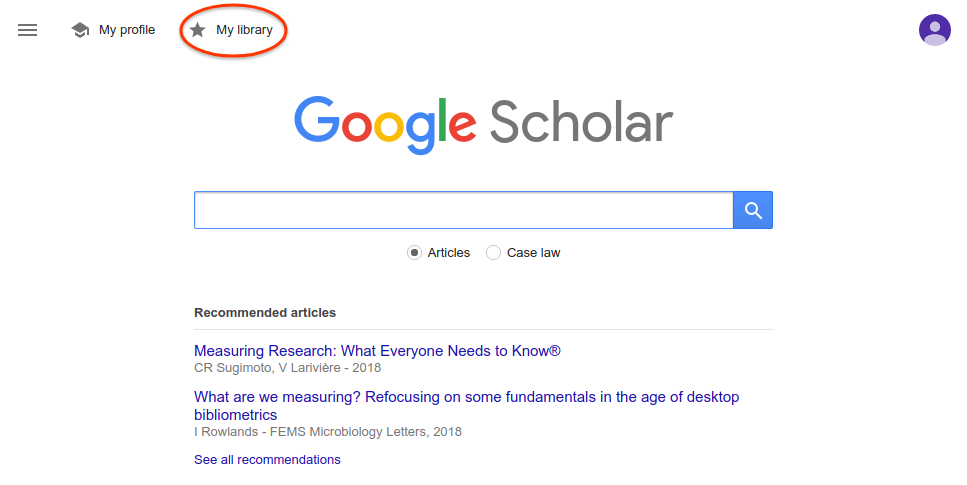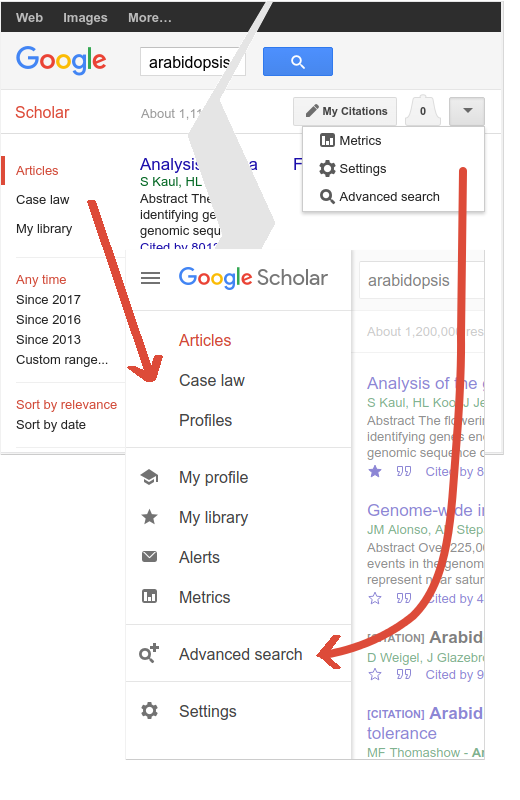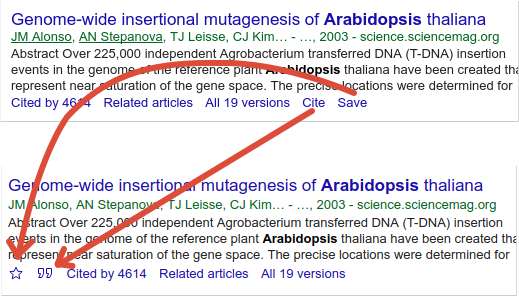Scholar Metrics provide an easy way for authors to quickly gauge the visibility and influence of recent articles in scholarly publications. Today, we are releasing the 2019 version of Scholar Metrics. This release covers articles published in 2014–2018 and includes citations from all articles that were indexed in Google Scholar as of July 2019.
Scholar Metrics include journals from websites that follow our inclusion guidelines and selected conferences in Engineering & Computer Science. Publications with fewer than 100 articles in 2014-2018, or publications that received no citations over these years are not included.
You can browse publications in specific categories such as Ceramic Engineering, High Energy & Nuclear Physics, or Film as well as broad areas like Engineering & Computer Science or Humanities, Literature & Arts . You will see the top 20 publications ordered by their five-year h-index and h-median metrics. You also can browse the top 100 publications in several languages - for example, Portuguese and Spanish. For each publication, you can view the top papers by clicking on the h5-index.
Scholar Metrics include a large number of publications beyond those listed on the per-category and per-language pages. You can find these by typing words from the title in the search box, e.g., [security], [soil], [medicina].
For more details, see the Scholar Metrics help page.
Posted by: Anurag Acharya, Distinguished Engineer
